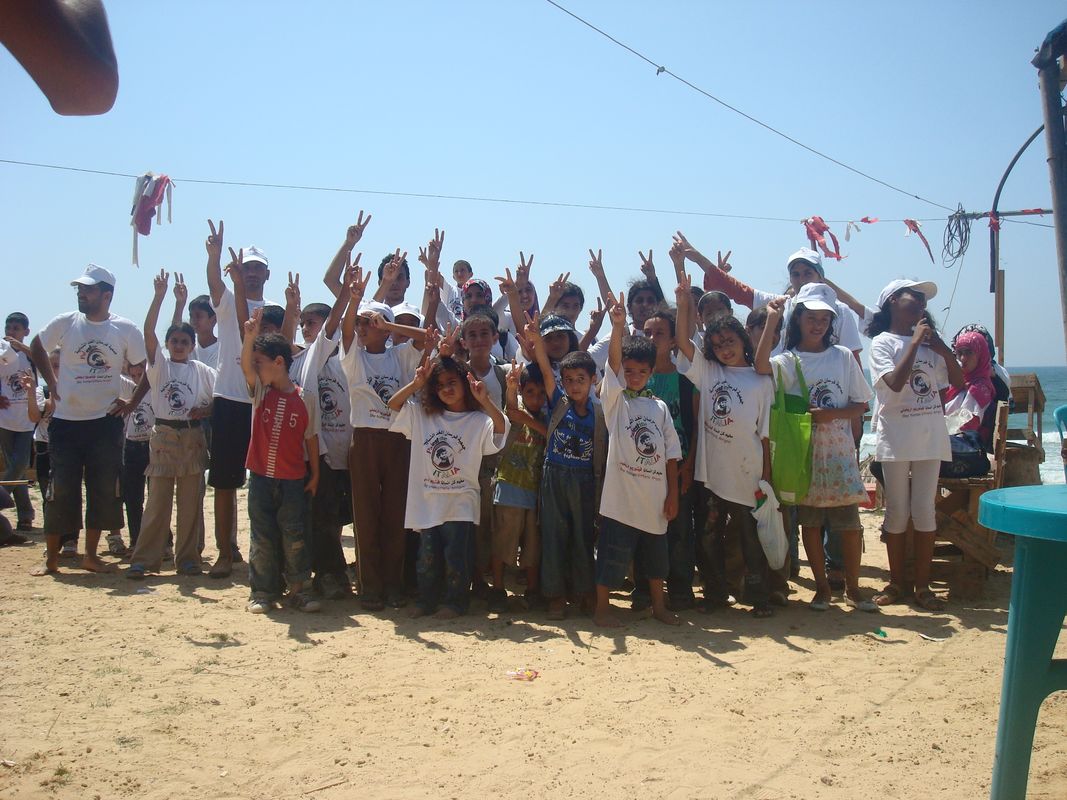Category: Reports
-
Access denied to Nabi Saleh
10 July 2011 | International Solidarity Movement, West Bank On Saturday 9th July, seventy people – including thirty internationals from Sweden, France, Britain, Australia, Mexico, the United States and Denmark – demonstrated at a military checkpoint outside Nabi Saleh, after the army denied them entry into the village where Palestinians lead peaceful demonstrations weekly. The…
-
Israeli military targets al Khalayla in demolitions
11 July 2011 | International Solidarity Movement, West Bank On Monday, July 11th, the Israeli military demolished 5 buildings of local Palestinian businesses in the closed neighborhood of al -Khalayla near al-Jib village outside of Jerusalem. At 6:30am the owner of a window shop received a call from the Israeli military that part of his business’s building structure would…
-
CPT: Palestinians protest expansion of Havat Ma’on Outpost; Israeli Military responds with violence
9 July 2011 | Christian Peacemaker Team – At-Tuwani Carrying a large banner that read “We want to live in Peace and Dignity,” over one hundred Palestinians, internationals and Israeli activists marched in protest of an extension to the illegal Israeli settlement of Havat Ma’on on the morning of July 9th. In response to the…
-
ISM volunteer kidnapped from court–finally released
8 July 2011 | International Solidarity Movement, West Bank An ISM volunteer was detained and threatened with deportation for participating in a peaceful, nonviolent demonstration in the village of Iraq Burin last week, and was finally released by Israel since there was no justification for her arrest or deportation. These weekly demonstrations come following the…
-
Gaza summer camp teaches service, struggle
6 July 2011 | International Solidarity Movement At Vittorio’s funeral in Gaza the crowds chanted “Viktor is with the fisherman, Viktor is with the farmers”, Vittorio is still with the people of Gaza. He lives on in their hearts. He has been honored with a football tournament in Rafah, with a street in Gaza, with…

